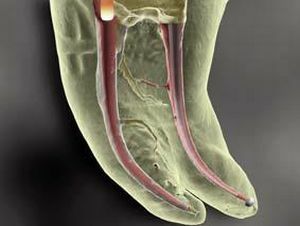 Obturation is a tight, as far as possible, filling of the root canal with a sealing mass to isolate the depulled core from the periodontal structures.
Obturation is a tight, as far as possible, filling of the root canal with a sealing mass to isolate the depulled core from the periodontal structures.
An operation is performed to stop access to the internal environment of the tooth aggressive liquids that destroy its soft tissues( acids in the saliva, food released by microorganisms living in the oral cavity).
The essence of the method is the introduction into the axial region of the root cavity of the pin from the non-oxidized material, and the remaining space is filled with a plastic, penetrating into all branches of the root, hardening mass.
Manipulation resembles the process of installing a pillar: a pillar is placed in the prepared pit, and the voids between it and the ground are poured with concrete.
Two-component paste - a plastic mass for filling the space between the central "pillar" -the pin and the walls of the tooth is called a sealer.
Requirements for a quality sealer: the consistency of the composition should ensure its unimpeded penetration into the whole network of the smallest branches of the root canal, both in the direction of its apex, and lateral to the center rod, and the quantity must be sufficient to fill the entire network of the root canals of the tooth root.
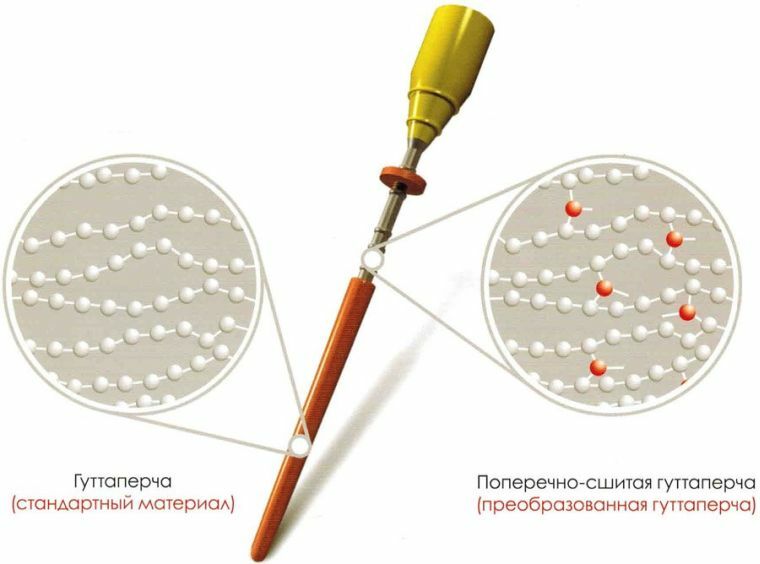
Contents
- "Support post"
- Application gutta-percha: techniques and features
- Chemical method
- Application of soft and hot gutta percha
- Technology Thermafil
- Technique of lateral condensation
- About standardized technology
- Two-stage and "biological"
"Support column"
design The material for pin manufacturing must also be: 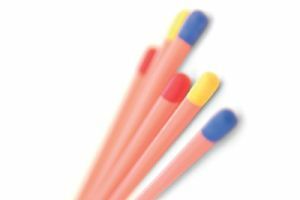
- minimally oxidized and non-degradable biological fluids;
- strong and elastic;
- not shrinkable;
- is biologically neutral, like a silicone.
In the present tense, it is not necessary to speak seriously about the independent use of pastes for obturation, because it is impossible to fill them with a sufficiently tight filling. In addition, due to dissolution of the tissue fluid, they are susceptible to shrinkage.
But some authors insist on returning to the paste with chlorphenol-camphor-menthol compound in the endodontic milk teeth.
The rejection of the use of silver sealing materials for obturation is caused, in addition to the difficulty of achieving a high accuracy of fit, in that when contact with the exudate begins the oxidation of the metal and due to the slow dissolution of the root sealant and the appearance of the communication of the periapical tissues with the oral cavity the root canal is invariably reinfected.
Therefore from the currently used materials gutta-percha is most suitable.
Application of gutta-percha: techniques and features of
The technology for using gutta-percha can be:
- cold - chemically plasticized or thermoplasticised;
- preheated.
Each application has its own modifications.
When sealing the root canals of the rod from gutta-percha, the following techniques are especially popular:
- with chemical plasticization;
- using thermally softened material;
- using lateral condensation;
- is standardized.
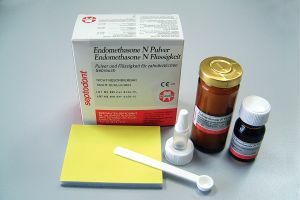 In certain clinical cases, combined use of two or more methods of obturation is appropriate.
In certain clinical cases, combined use of two or more methods of obturation is appropriate.
When preparing for obturation with the help of a pin of the root cavity, a definite shape is attached: it is uniformly conically expanded upwards and has a well-defined apical stop-shoulder.
A great misconception is the use of gutta-percha without the use of a root sealant - by evaporation of the solvent it loses adhesiveness, which leads to the leaving between the walls of the root canal and the pin of a plurality of voids. Therefore, the use of polymeric chloroform or other polymeric material as a silo is an indispensable condition for the use of gutta-percha.
Chemical method
In the process of chemical softening, the filling of the root cavity system is made by a rod made of gutta percha, pretreated with solutions of chloroform or another similar solvent.
Preparation includes selection and marking of the master pin: its diameter is selected from two or three sizes larger than the diameter of the preparation tool( with its help an apical shoulder was created), the length is 2-3 mm less than the depth of the developed area.
The immersed rod after the X-ray inspection is marked at the level of the reference point on the tooth surface - chewing or on the cutting edge. The next marker is the level of immersion of the rod until it reaches the apical ledge. 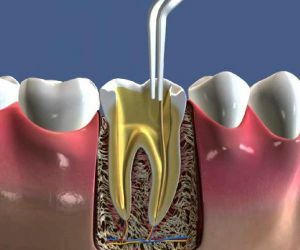
Upon removal of the master pin from the tubules to the inner surface of the latter, a sealer is applied. The rod is plasticized by immersion in a solution of chloroform, the exposure time depends on its dimensions. Further, the rapidly inserted rod is forced into the apex of the tooth with force, until the second mark coincides with the reference point on the tooth surface, which is an indication of the accuracy of the fit of the pin.
The final stage is the filling of a spacious estuary zone with additional pins, coated with a sealer, with the completion of obturation using the lateral condensation method.
Application of soft and warmed-up gutta-percha
The method of softened gutta-percha allows to achieve a dense filling of the cavity with the reliability of its sealing.
Despite the simplicity of execution, the technique has disadvantages: the diffusion of the filling material into the periapical region and shrinkage due to the evaporation of chloroform.
When obturation with thermopolymerized( preheated) gutta-percha plasticization of the material occurs directly in the cavity filled with a heated instrument-coolant.
The root cavity is formed in the form of a cone, with an expansion in the crown area more capacious than with obstruction in other ways, because the heating and condensation of the material requires the freedom to enter into the channel of a rigid tool of considerable diameter.
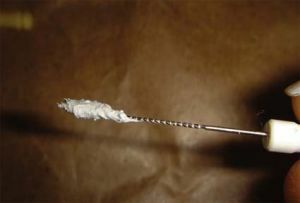 Due to the pronounced conicity of the cavity, the master pin uses an auxiliary( non-standardized), with a cut sharp tip, so that when it is fit, its length is 2-3 mm less than the depth of the cavity.
Due to the pronounced conicity of the cavity, the master pin uses an auxiliary( non-standardized), with a cut sharp tip, so that when it is fit, its length is 2-3 mm less than the depth of the cavity.
After extracting the "master", a sealer is applied to the surface of the cavity walls( use of zinc-oxide-enegenol cement is strongly recommended).The secondary inserted rod on the boundary of the mouth of the canal is cut with a heated tool, and the warm gutta percha is injected by a cold plugger toward the apex of the tooth.
Then, the manipulation with rapid introduction into the gutta-percha to a depth of 3-4 mm of a coolant heated in an alcohol flame, and also its rapid extraction, is repeated many times with the injection of the heated material towards the apex by a cold plugger. Manipulation is considered completed by filling the filling area to a depth of 5-6 mm.
If sealing enough for one pin, the sealing is completed when the specified depth is reached, if not - continues with application to the walls of the root sealant and insertion into it of fragments of other pins with a length of 3-4 mm, their heating and condensation along the vertical until the channel is completely filled.
Technology Thermafil
Technique of obturation ULTRAFIL( THERMAFIL) is the heating of the gutta percha to the state of the liquid( at a temperature close to 160 ° C) with the placement of the injection needle in the sealing zone, on the inner surface of which the sealer has already been applied. The needle is inserted no less than the area of the apical third of the root canal and, with slow reverse extraction, the liquid gutta percha is injected to the state of complete filling of the tubular system.
To prevent shrinkage of heated material, it is recommended to fill the channel at a time not more than 2-3 mm deep, with a constant pumping force applied to the material during its cooling and repeated manipulation with each new dose of sealant until the cavity is completely filled.
This technique is useful for sealing the funnel-shaped canals of the teeth without the formed root apex, the drawbacks are the likelihood of nedoplumbirovaniya channel and pushing the sealant beyond the apical hole, prevent which is capable of modification with the blocking of the apical canal zone not softened master rod.
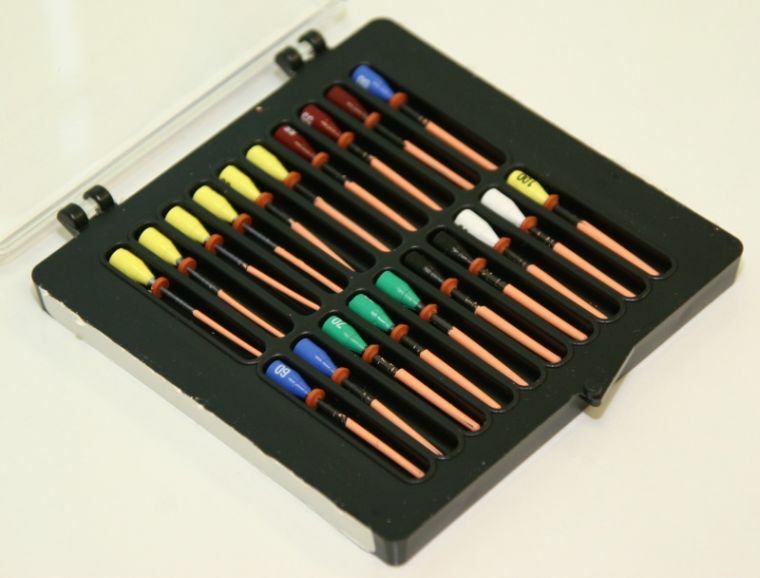
The modification of the procedure is thermomechanical condensation, in which softening of the gutta-percha inside the channel by the heat appearing during the friction during the operation of the nozzles is applied. Although several systems using the principle of the system are on sale, the method has not been completed, it has a weak degree of control, the result of its use is frequent instrument fractures.
Technology of lateral condensation( compaction)
The technology offers a leakproof filling of the root area without softening the sealing material in any way, which helps to prevent shrinkage following the softening, and to avoid punching the filling material into the outflow space.
The channel is given a uniformly expanding cone shape, then the master pin selected according to the master file size is inserted into the channel to full depth with X-ray control of the rod's fit.
Marking is made based on the surface of the tooth and its extraction. The application of the syringe is performed either on the inner surface of the roots or on the pin, which is then inserted in both cases to the apical rest without preliminary softening.
The inserted pin is pressed down by a spreader to the sidewall, taking the shape of the sector of the channel that has seated it. In the resulting space quickly introduced an additional non-softened pin, covered with a root sealant to the level of the spreader( extracted from the channel).
Condensation of the second pin, smeared with sealant, is also produced by the spreader, as well as all subsequent ones, until the cavity is completely filled with gutta-percha.
Rods and spreaders of larger diameter are used to seal the wide mouth of the channel.
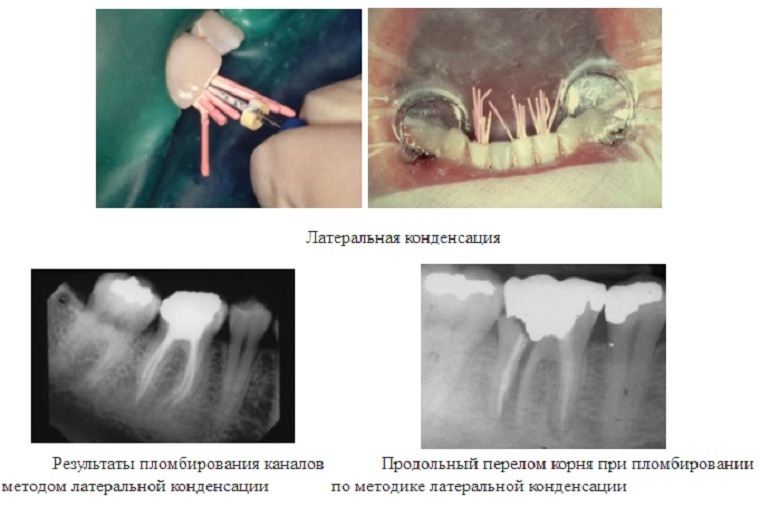
A feature of the technique is the use of a substance that has not undergone softening, and therefore has excellent spatial stability.
Complexities appear at compaction in the apical zone of the channel, inept application of the method gives the probability of filling it only with a sealer that( with the slow decay of the sealant under the influence of the periodontal liquid) leads to depressurization of the area.
About the standardized technique
The method owes its appearance to the possibility of giving the apical ledge a cylinder shape for all classes of teeth and adopting standards for both root canal processing techniques and gutta-percha rods.
Ideal tightness for one-pin obturation is ensured by accurate matching of its diameter to the diameter of the latter in the row of the instrument for vertex channel modeling - the standard of the created channel and the standard of the stem correspond to each other as the shape of the plug closing the bottle corresponds to the shape of its neck. 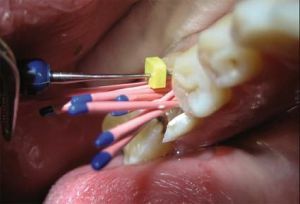
An indispensable condition for the success of the method is the use of a silo.
Technically, the method involves preparing the dental cavity with the creation of a cylindrical apical stop and selecting the master pin in exact accordance with the diameter of the last modeling tool.
The correctness of the fit indicator is an easy jamming of the rod in the channel, it should be removed with some effort, while its location allows seeing X-ray control. At the end of the fit, it is marked with the standard method and is withdrawn from the tubules.
The root sealant is either injected into the root cavity with the coating of its walls, or they are smeared with a "master", not re-injected to the full working depth, with it.
If the insertion to the apical ledge is not possible, the rod is removed and the canal walls are cleaned from the dentinal sawdust with a K-category tool of diameter equal to that of the master rod.
Before the beginning of the sealing of the mouth of the root area with additional pins, the "master" must be installed very accurately, without application to correct vertical or lateral condensation.
With the guarantee of the correct positioning of the master pin, the dentist inserts and pushes the spreader over it to determine the position of the first auxiliary rod. Then, the wide section of the canal is sealed with a filling material, coated with a sealer. Advantages are the comparative simplicity of the method and its reliability: the probability of extrusion of the material into the periapical area is low, the long-term results of the application are high, there is no need for aggressive methods( lateral condensation).
The disadvantages include the need for extensive expansion of the apical site in order to give the apical projection of the shape of the cylinder, especially in the incisors of both jaws and premolars of the upper.
Two-stage and "biological" techniques of
In the variant with branching of the root system and in the case of internal root resorption, a two-stage procedure with separate obturation of each cavity is applicable according to the method corresponding to the case.
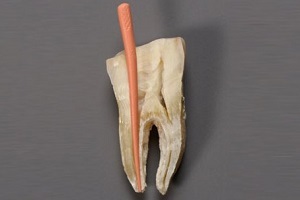 After filling the first channel, the pin is cut with the heated tool at the height of branching, then the next apical and common channels are processed by the traditional method.
After filling the first channel, the pin is cut with the heated tool at the height of branching, then the next apical and common channels are processed by the traditional method.
When sealing teeth with internal root resorption, the first step is filling the channel area above the resorptive lacuna. Further, the rod is cut at the height of the lower apical lacuna limit, followed by sealing of the defect itself and the crown portion of the channel by vertical condensation.
In the teeth with the apex not completed, the radius of the channel is able to exceed the radius of the thickest gutta percha rod, which requires the manufacture of a personal master pin by pressing two suitable sizes.
The application of the technique of "biological" obturation is an attempt to close the root cavity with hard tissues( which are stimulated by the use of calcium hydroxide), or by the connective tissue formed when the cavity is filled with a composition of collagen gel and biologically active substances.
Not only the growth of the periodontal tissue into the canal cavity was experimentally achieved, but also the mineralization of its walls. Especially experiments with the initiation of the formation of connective tissue from the proteins of the blood clot, formed when stimulating apical bleeding, are particularly indicative.
Modern methods of obturation allow to make a correction of the teeth regardless of the number and peculiarities of the structure of their roots, but also on the age and condition of the patient's body.
